The new A-list workout - like Jen, I’m a little bit obsessed with it
After ‘breaking her body’ in her youth to gain her trademark muscle, now at 54, with the body of an 800m Olympic medallist, Aniston’s found a better way - with something more feminist and profound.
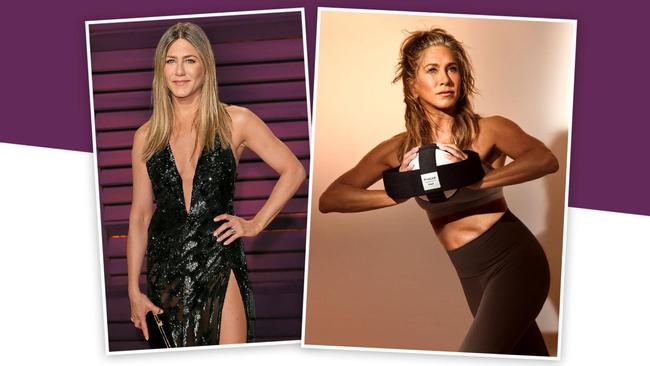
I suppose it’s inevitable that Jennifer Aniston has become the face of a new exercise program. In the way Hollywood actresses are sliced and ranked like a butcher’s prime cuts, the Friends star is as famous for her upper arm definition as for her supposedly tragic fate to be a woman free of a relationship with a man.
But the way Aniston talks about her “new obsession” with a female-focused fitness brand called Pvolve makes it sound as if they are somehow connected. She says that in her youth she acquired her trademark muscle through a self-punishing relationship with exercise but that she wasn’t truly resilient. Now 54, with the body of an 800m Olympic medallist, she’s found a better way: Aniston talks about her new regimen as something more feminist and profound.
“If I had known about this 20 years ago when I was breaking my body to begin with,” Aniston told People magazine, “we would have saved so much pain.”
It is, then, a little “confronting” to unbox the equipment for Pvolve, accompanied by Dani Coleman, Aniston’s own personal Pvolve trainer, who is instructing me via Zoom from Los Angeles. The signature bit of kit is an inflated shiny black ball that, by way of two huge bra-like straps around my hips, is at one point wedged firmly in my crotch. On Coleman, this “P.ball”, as it is called, looks better, as if a ballerina happened to be halfway through giving birth then suddenly decided she had better do some glute lifts while she was at it.
Yet when I attach this ball to my undercarriage it looks as though I am in some kind of radical men’s “lived experience” workshop, this strap-on giving me valuable insights into how it feels to cope with a giant shiny testicle. Does anyone, I ask Coleman, gesturing vaguely downwards, find it, er, a bit, you know?
“It is always a fun conversation starter,” Coleman says brightly.
What is also a surprisingly fun conversation starter is the concept of Pvolve. I got interested in it via Aniston, of course. She announced she was “officially part of the Pvolve fam” on her Instagram this month and, the company says, searches for the brand have since risen 650 per cent.
But what Pvolve represents is interesting and unstable, just like its shiny bum ball. The brand’s ethos could almost be taught as a special seminar on women, money, fame and fitness, while also giving you an iron-clad core. It seems at first a symbol of the highly gendered world of Hollywood actresses’ commercial endorsements: the drying-up of roles for older women and thus the modern mid-career pivot to “wellness” in the mode of Gwyneth Paltrow.
Yet at the same time Pvolve is genuinely on to something: it’s different from simple strength and fitness training, and it’s different again from other exercises marketed at rehab or “hard to reach” muscles, such as Pilates. It was co-founded by Rachel Katzman, a New Yorker whom I speak to via Zoom. At 31, she looks not so different from that other Rachel, Aniston’s character in Friends, if a lot more business-minded. It came from a quest to help her to exercise away her back pain, just as Aniston found Pvolve in lockdown because of back problems after a lifetime of hard Hollywood workouts. They both describe themselves as “obsessed”.
If anyone knows about evolution, it's our Co-Founder Rachel Katzman. Through every step of her journey – healing through scoliosis, Lyme disease, a divorce, and everything else life has thrown her way – P.volve has been her answer. So much of our evolution is inspired by hers. pic.twitter.com/AKz6Hk6ZgK
— P.volve (@pvolvefitness) March 14, 2022
“My family was never fitness-focused,” Katzman says. “I was never super into sports. But this transformed my outlook, I became obsessed.”
Katzman grew up in Michigan and entrepreneurialism was instilled young. Round the dinner table, she says, they didn’t talk about what they wanted to be, but what companies they’d like to start. Katzman is the younger sister of Jordan Katzman, who in 2019, at 30, became one of America’s youngest billionaires via Smile Direct Club, a global dental aligner brand he co-founded. Jordan and Rachel have businesses that have both been supported by their self-made father, David Katzman, through his venture capital firm Camelot Venture Group.
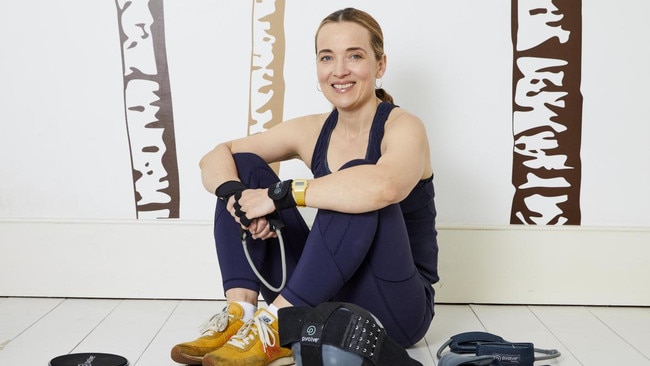
“I watched my older brother start businesses with his best friend from the time they were 17,” Katzman tells me. “By the time they got to their third idea, it really took off.”
She went to New York aged 18 to go to college but left after one day: “Not for me - I wanted to start working.” Katzman threw herself into a career in fashion but after a few years she was sluggish: “I remember looking in the mirror and thinking, ‘I don’t recognise that person any more. I guess I have to start working out.’ ”
This was new for Katzman. Previously she had been effortlessly slim without being sporty. So she committed to all the brutal boot camps that Manhattan women suffer for the sin of having flesh, from spin to boxing to jump rope. These supposedly strengthening workouts gave her a new problem: her back hurt, and she was eventually diagnosed as having scoliosis, an abnormal, sideways curve in her spine. Her doctors warned her not to push through the pain.
“I decided to push through the pain,” Katzman tells me. “It was how we were trained. You have to be hunched over, barely walking out of the gym, or you didn’t get a good workout. ‘Pain is good.’ My back pain was getting worse and I still wasn’t physically seeing the changes I wanted. And then I found this studio in New York where they were training in functional fitness. I’d never heard of that before.”
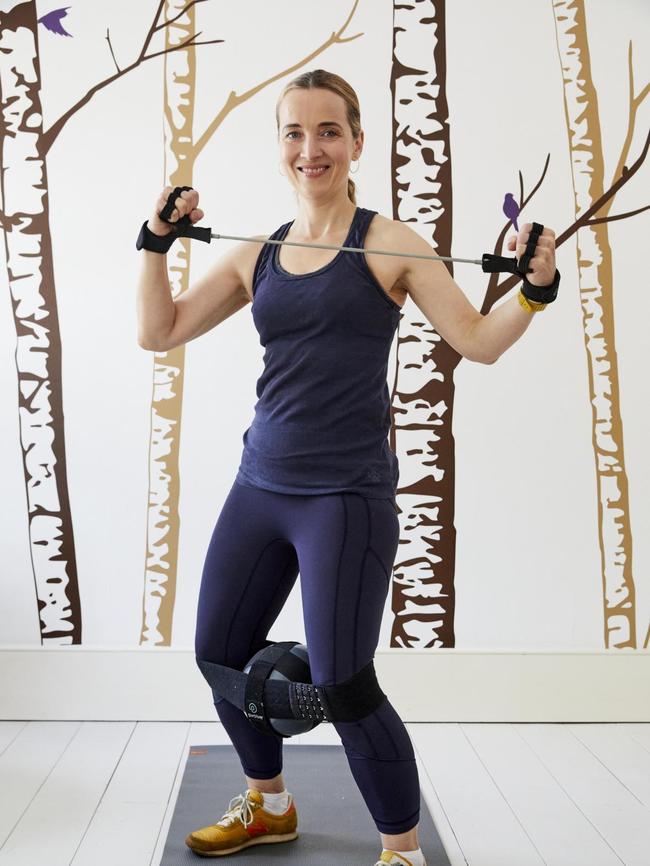
Most gym work involves simple actions in single planes of movement, isolating muscle groups. So you may have huge biceps but could still put your back out activating the complex muscles to lift a bag out of the car. Functional fitness differs in that its primary focus is not aesthetic, although it does build muscle. Its aim is to protect and strengthen the body for the twists and knocks of real life, including ignored areas such as the upper back and pelvic floor.
“Even when I was doing Pilates, you were really only moving front to back in one plane of motion. I didn’t even realise how tight my hips were and just how weak my back was and how I couldn’t improve my posture. Then [after training in functional fitness] all these inactive muscles started turning on and I realised, my God, I’ve found the secret answer.”
Evangelical about this regimen, she realised she had found the business idea she wanted to launch. Also she’d found love, having fallen for Stephen Pasterino, her functional fitness trainer and an industry star in Manhattan. At that time he was dubbed the “Ass Master” by GQ and was famous for training Victoria’s Secret models. They began Pvolve online from a small New York studio. They are, as of 2020, divorced. Is the untangling of personal and professional hard to manage, I ask.
Katzman says that 2020 “was a really hard year. We separated, it was the pandemic, I got diagnosed with Lyme disease, all kinds of things at once. That was one of the hardest decisions I’ve had to make, to get divorced. At the end of the day we wanted two completely different things, both professionally and personally. It felt like the right idea to go our separate ways. He’s still an owner of the business. I’m still grateful for our relationship.”

After Pasterino’s departure Katzman changed the company’s focus so it became less aesthetic and more medical, invoking the science of physiotherapy. In America there are four studios in the big cities, with three more opening in the next few months, as well as two in Canada. Katzman is seeking a studio or franchisee in London, but most customers use Pvolve via its online pass, at $23 a month, which gives access to a daily live class schedule or its bank of videos. Here there is also a library of exercise plans addressing the neglected area of female-specific rehab from the havoc of birth, injury, hormones and old age. A small pilot study by the University of Minnesota last year suggested that following the Pvolve back-strengthening series for 12 weeks had promising results for back pain relief.
During this time, unbeknown to Katzman, Aniston said she “stumbled” upon Pvolve. It’s worth pausing here to examine the semiotics of film star endorsements. Men generally plug indulgent consumables: George Clooney advertises coffee and owned a tequila business; Ryan Reynolds endorses gin and bought a Welsh football club. Meanwhile, Taylor Swift advertises Diet Coke and Kim Kardashian sells a line of modern corsetry. Men relax and refuel, women strive.
As Aniston has explained it to People, she signed up to the Pvolve program anonymously after admiring the physical changes in a friend. The actress may not have looked in need of a new exercise regimen, but the cost of looking Hollywood-ready is brutal, she has revealed. Filming a recent Netflix movie, Aniston was required to do some stunts.
“I had a back injury about three years ago and it got really pissed off when I was in the harness,” she told Variety. In addition, her knees were in pain after decades of pounding workouts. She would wake up even before 4am movie-shooting call times to get in an hour of hard exercise.
“I’ve had knee injuries, and going up and down stairs has always been tricky for me,” Aniston told the website Well + Good. Aniston has said that after doing Pvolve during lockdown via the online site her injuries are in remission. Her body fat is lower than ever, even though her body weight is higher. “So it just goes to show you that you really are working out layers and layers of muscles that have been ignored forever,” Aniston told Well + Good.
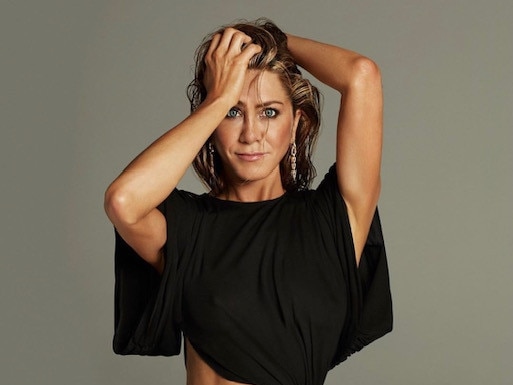
Katzman received an email out of the blue from Aniston last year, asking to work with her. “I thought I was getting pranked, no way this was real,” Katzman says. “I had no idea she was doing Pvolve. The authenticity of her doing it herself and seeing the results, you can’t get better than that.”
She and Aniston are now two single divorcees happily staying strong on their teeny black space hoppers. “SO proud to support our female founder,” Aniston wrote on her Instagram. (If you were wondering what happened to Pasterino, he started another fitness studio, a saga that could be turned into a great Netflix series, in which everyone wore ankle weights.)
Of course, Pvolve could easily have been a bit of A-list kookiness; it’s not. My session felt both taxing and unusual, like playing a new game. The many sweeping and twisting movements were, Coleman explained, good for life, but also designed to prevent injuries from the random movements in sports. As a result men are a growing minority in Pvolve classes: amazingly, I Will Survive is not used during the routines.
As Pvolve borrows so much from physiotherapy it’s no surprise that it focuses on balls and bands, every physio’s favourite toys. Alongside the ball, which is also used to stretch out the back and between knees, there is much made of the resistance band attached to a pair of fingerless gloves. Trussed up like Madonna in the 1990s, I worked muscles in my shoulders, back, and inner and outer thighs that have been napping since at least that time. I realised I had the posture and supporting muscle corsetry of a defrosted prawn.
Women probably do need to think less about punishing their bodies and more about protecting them. I certainly do. Yet as you end that unsustainable relationship with exercise, show more dignity than I did, as my thighs trembled trying to impress the Hollywood trainer, and take off the P.ball before you attempt to walk out the door.
The Times


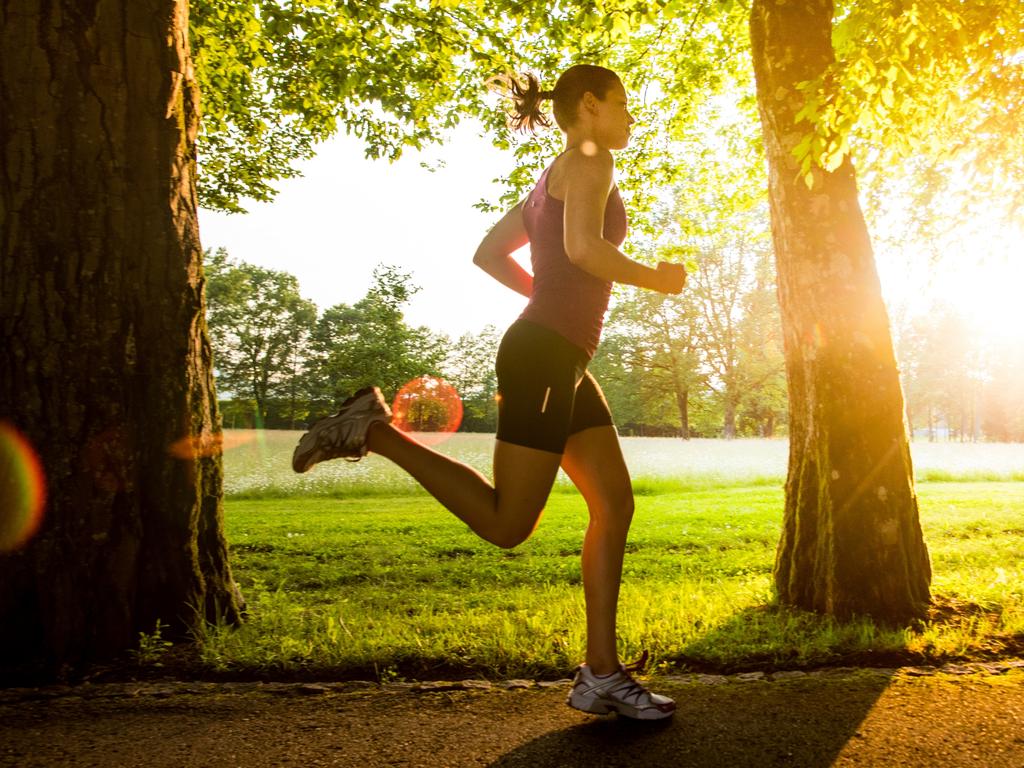
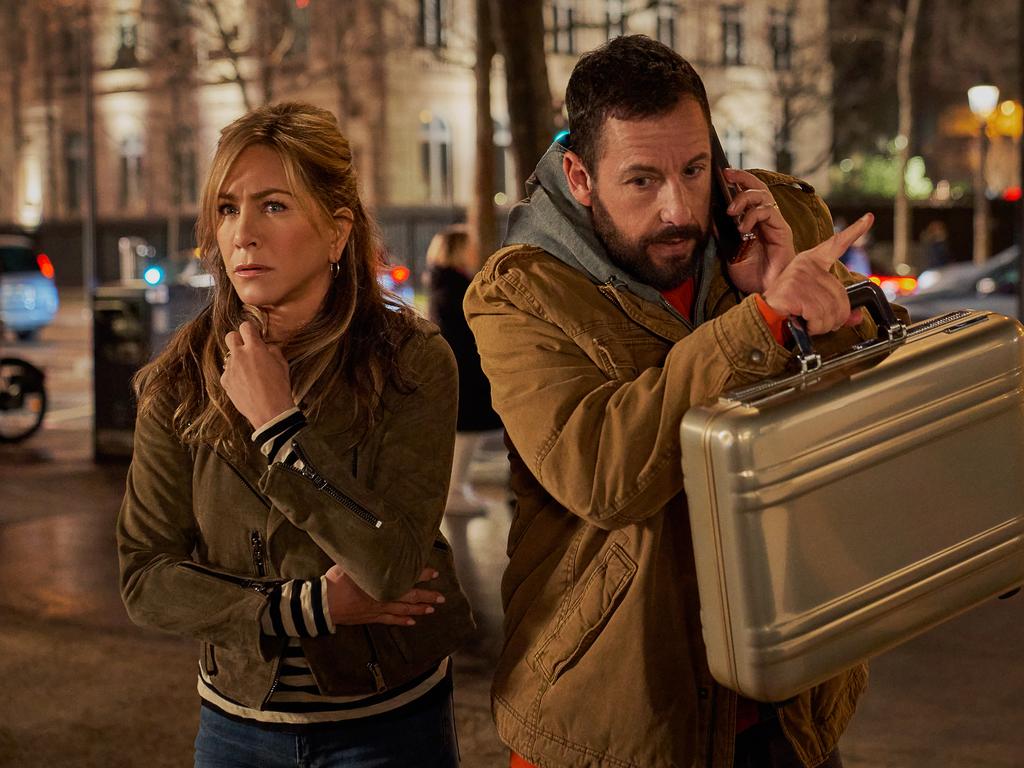



To join the conversation, please log in. Don't have an account? Register
Join the conversation, you are commenting as Logout